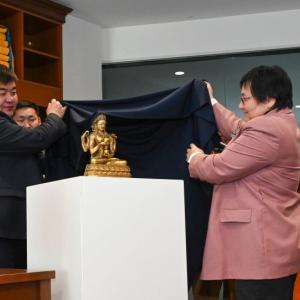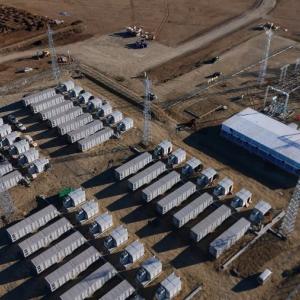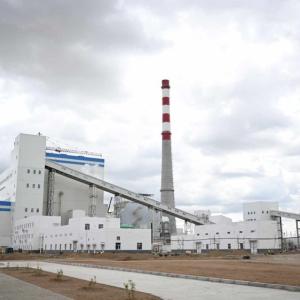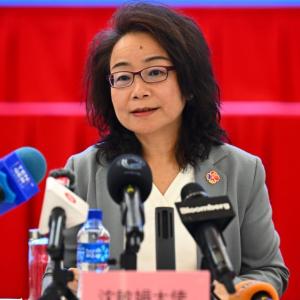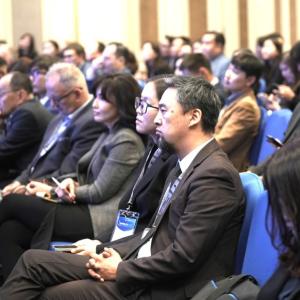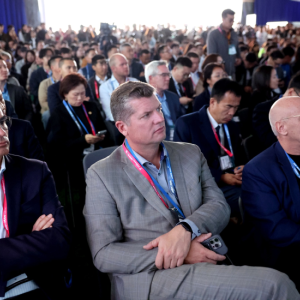Sichuan Daily: Sichuan reduced CO2 emission by 200 million tons by using hydropower in 2020
Environment
Ulaanbaatar /MONTSAME/. Sichuan is a clean energy demonstration province and an
important high-quality clean energy base of China. The amount of technically
available hydro-energy resources of the province is 148 million kilowatts,
accounting for 22.4% of the national total, ranking second nationwide. By the
end of June, the province’s installed hydropower capacity had reached 84.14
million kilowatts, accounting for 78.6% of the provincial total and about 22%
of the national total.
Hydropower is a kind of clean energy with zero carbon
emissions. The use of each kilowatt-hour
(kWh) of hydropower can help reduce 0.853 kilogram of carbon dioxide emission. In
2020, Sichuan consumed electricity of 286.52 billion kWh, of which hydropower
accounted for about 85%. On basis of that 0.725 kilogram of carbon dioxide
emission is reduced in the use of each kWh of hydropower compared with coal
power, Sichuan reduced carbon dioxide emissions by about 207 million tons last
year.
At the general debate of the 75th Session of the
United Nations General Assembly in September 2020, Chinese President Xi Jinping
announced that China will peak carbon dioxide emissions before 2030 and achieve
carbon neutrality before 2060.
Therefore, in the next 40 years, China will strive to achieve
the world’s highest carbon emission reduction and propel the shift from carbon
peak to carbon neutrality in the shortest time. Energy transition will be the
prime choice, and the development of clean energy represented by hydropower
will enter the fast track. The development of clean energy in Sichuan will not
only contribute to the pursuit of the goal, but also enhance the vitality of local
social and economic development and the unique regional competitiveness.
Ma Guangwen, a professor at Sichuan University and secretary general
of Sichuan Energy Association, believed that Sichuan could further explore hydropower-based
carbon dioxide emission reduction in three directions:
The first is to further increase the value of the whole
hydropower industry chain, including equipment manufacturing, design and
construction, operation and management and power transmission and
transformation.
The second is to expand carbon emissions trading, concerning
which Ma believed that Sichuan could participate more in carbon trading
following the launch of the national carbon trading market on July 16 and the
predicable rise of carbon price due to tightened free carbon emission quotas.
The third is to pursue a stronger low-carbon economic
development by helping enterprises in traditional industries transform into
energy-saving ones and switching over to more eco-friendly energy sources.
Ma suggested that Sichuan seek ways to bolster low-carbon
industries and guide private investments into these industries to improve the
province’s competitiveness in low-carbon economy.
Contact: Zhang Peng
Tel: 008628-86968621
Email: scrbw@scol.com.cn

 Ulaanbaatar
Ulaanbaatar
















